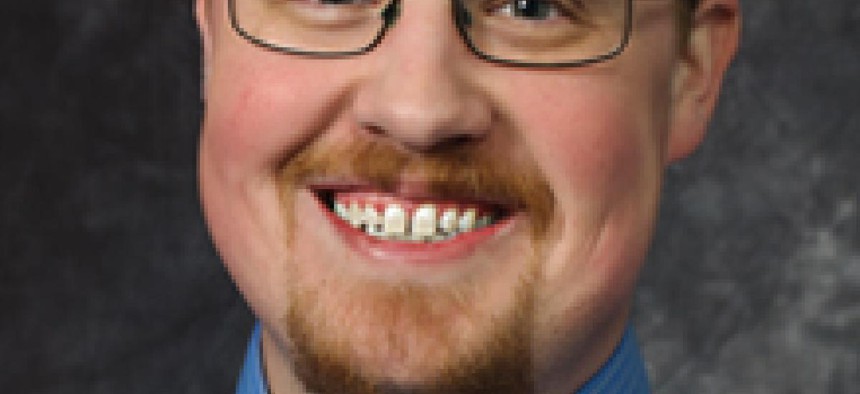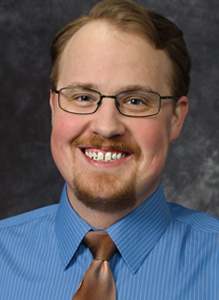Michael R. Woodruff

Lead Computer Systems Engineer, CACI

Late last year, two branches at NASA’s Johnson Space Center failed an IT security audit and were disconnected from the network. The branches, which handle the computational infrastructure of a robotics program and systems testing, were told they had 30 days to shape up if they wanted their connections restored.
That’s when Michael Woodruff stepped in.
“We came over there, and we knocked out a few of the biggest concerns the auditors had,” he said. “At the end of the 30 days, we got put back on the network.”
The task for Woodruff, as CACI’s lead computer systems engineer, was to navigate the government security rules for myriad high-tech space innovations — including all the robotics and rovers for space exploration and a humanoid robot currently on the International Space Station — without compromising their functionality.
Complying with security requirements “is not quite as straightforward if you’re trying to make a robot that’s never existed before security-compliant for a set of requirements that’s not made for that,” Woodruff said. “There’s no guidebook on how to do anything like that.”
He added that the biggest change has been the establishment of a more centralized approach to authentication “so we don’t have 50 different passwords for 50 different machines.” He also said addressing security requirements from the start is now a priority.
“A lot of it is just changing the culture to put security requirements first, to try to get [them] toward the front of a development project,” he said. “The only way the engineers are going to do that is if it’s easy for them to understand and easy for them to do — and that’s what our computer systems engineering team tries to do.”
Daniel Erdberg, CACI’s simulation and robotics technical area lead, praised Woodruff’s unparalleled problem-solving abilities. “Michael has never yet failed to help me out in a situation,” he said.
NEXT STORY: Can the Army sell Congress on modernization?


